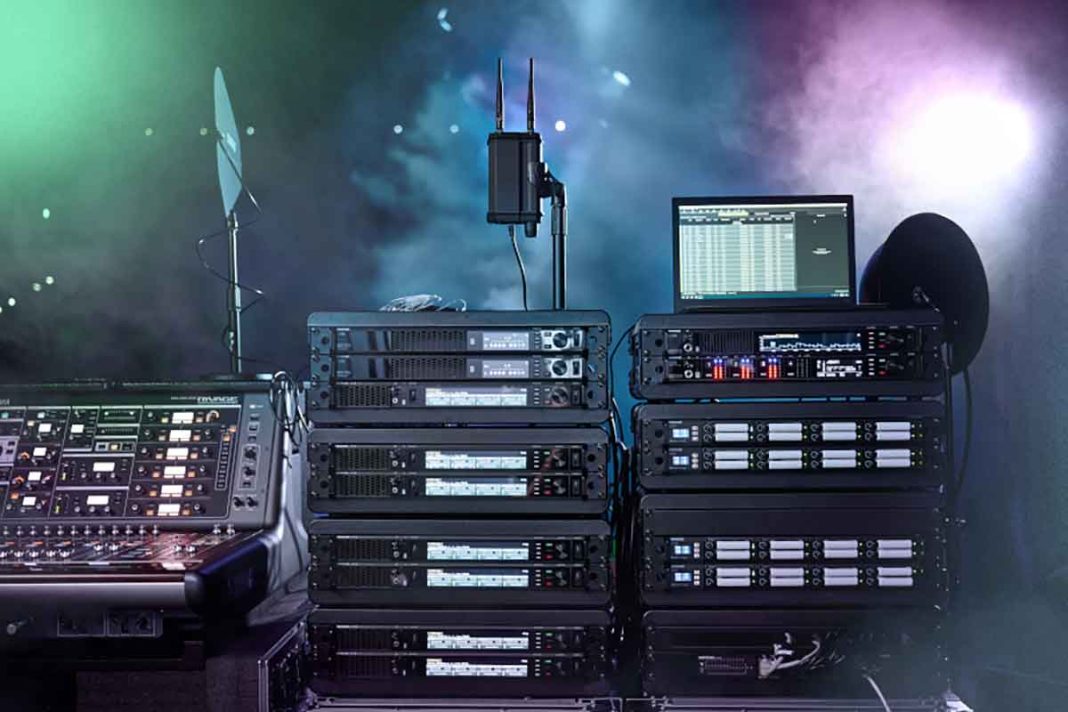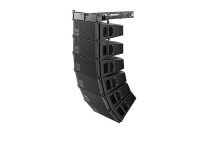What are some of the key features of the Axient Digital PSM?
Axient Digital PSM delivers a rich blend of technologies that combine to provide the most comprehensive and scalable in-ear monitoring system ever made. Some of its key features include superior performance and digital RF, exceptional audio quality with digital inputs, management and remote control with ShowLink and Shure’s Wireless Workbench software, flexible and scalable with wide-tuning transmitters and receivers, and four powerful and future-proof transmission modes, including WMAS capabilities.
With this extraordinary combination of features, Axient Digital PSM elevates flexibility, scalability and reliability to unprecedented levels and allows RF and monitor engineers to adapt the system to what they require in each production, giving them more creativity to meet their working needs.
What kind of R&D process went into the creation of the product?
At Shure, we work really close to our customers and users to understand their main needs and challenges. When creating a new product, we have structured processes that ensure both the product’s development precision and alignment with customers’ requirements.
Our market development teams transfer their knowledge and feedback to the product and designing team so they can implement it when ideating a new product. Understanding the struggles of performers but also monitor engineers, RF engineers and rental houses has been essential to create our new digital in-ear monitoring system.
We’ve built Axient Digital PSM with a customer-centric mindset and to address the biggest pain points they face in top-tier touring acts and large-scale productions. It takes the legacy of PSM 1000 and brings digital wireless to the Axient Digital franchise, which has been an industry leader since 2017.
Why is the product well suited to rental houses in the Middle East?
With Axient Digital PSM, rental houses will have a powerful in-ear monitor system that will allow customers to be creative and decide what’s best in each production. With its four transmission modes – multi-channel wideband (WMAS), narrowband, analogue FM and Axient Digital standard (point-to-point), engineers can select the mode that ensures the best use of spectrum and rock-solid reliability depending on the situation, the performers, and the state of the spectrum.
Additionally, the larger tuning bandwidth of Axient Digital PSM offers significant advantages for simplifying inventory management. It provides greater flexibility in frequency allocation, making it easier to find available frequencies in various RF environments and thus reduces the risk of signal interference.
This flexibility ensures efficient frequency management without the need for complex coordination. With a broader tuning range, organisations can reduce inventory requirements by stocking fewer models that suffice across different regions and applications, thereby streamlining stock management, lowering overhead costs, and minimising capital investment.
What are some of the potential applications for it in the region?
Axient Digital PSM will be used for stadiums, indoor venues and even broadcast studios. We are excited to see it being used in the biggest shows and events in the region. Axient Digital PSM will be available early 2025 and for more information in Middle East, customers can reach out to our sales representatives in the region.
Photo: Shure





